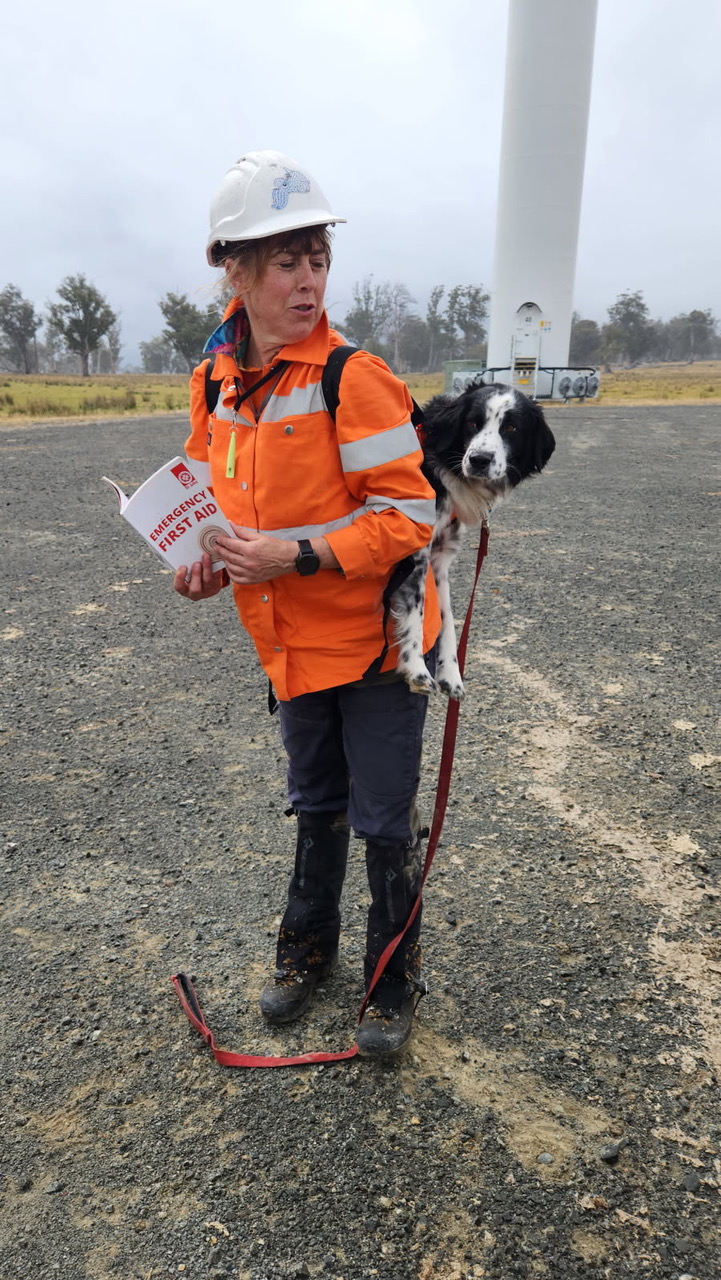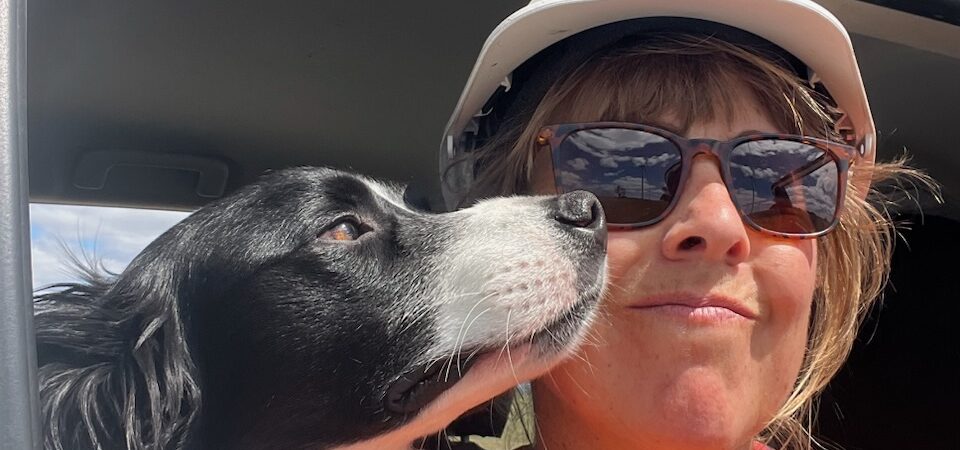Nicole Gill (Class of 1994) Conservation Dog Handler & Author
Posted on October 6, 2025
Nicole Gill (1994) is a conservation dog handler and author, who uses her biology and zoology studies – and her three dogs – to help answer environmental questions.
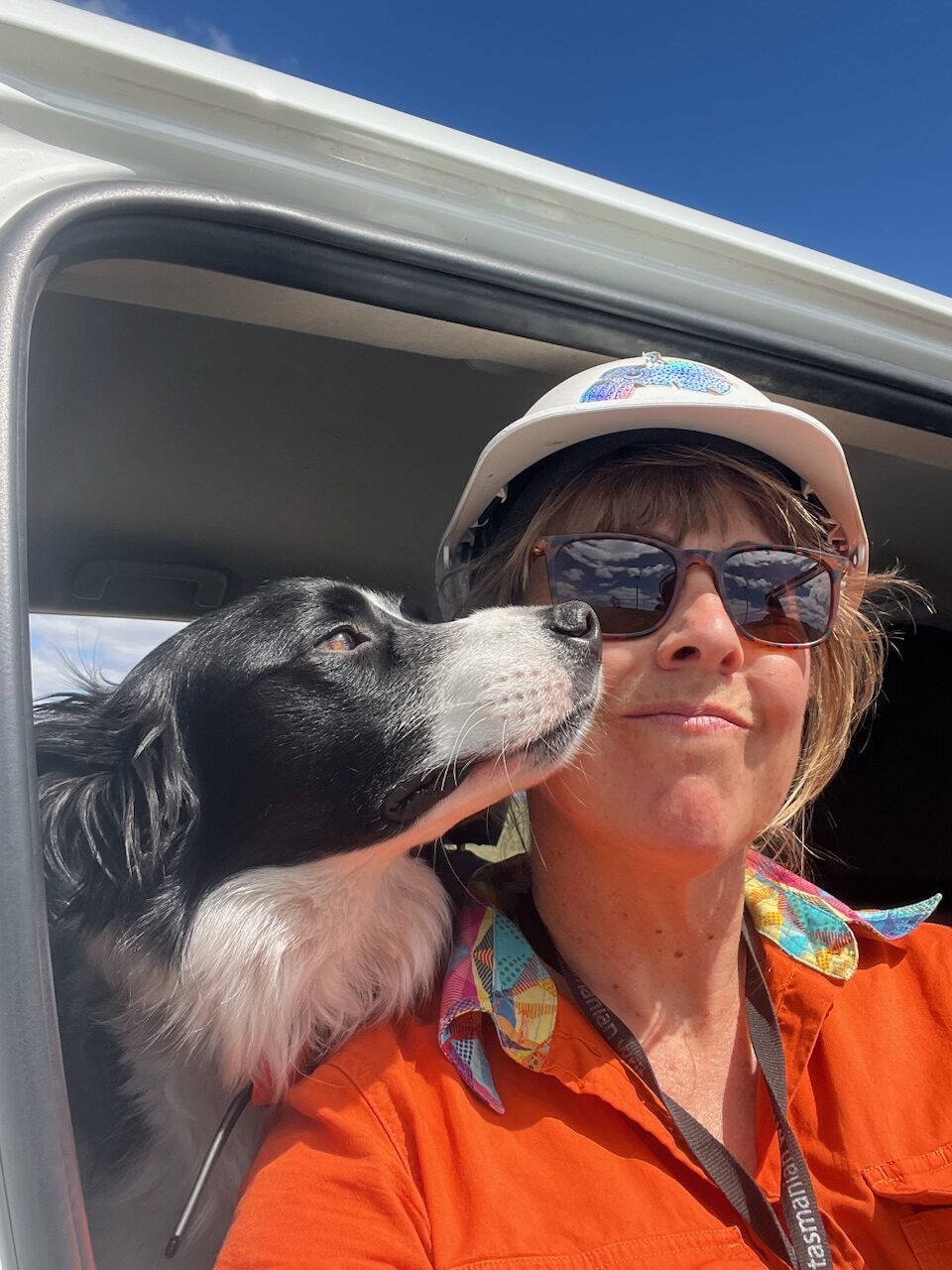
Tell us about your work
I work with my conservation detection dogs, Zorro, Gromit and Morello, sniffing out various unsavoury things that allow people to make more scientifically informed decisions to benefit Tasmanian wildlife. I also write on nature, humans and other animals. I co-write my latest book, Bear to the Rescue (CSIRO Publishing, out October 2025) with my friend Dr Romane Cristescu. It’s a children’s book and I’m particularly proud of this one because, not only does it tell the true story of a dog who was considered “too much” for regular life finding a home where his exuberance was valued, but it also showcases the work scientists and wildlife carers are doing to protect and rescue koalas affected by mega-fires and other climate change impacts.
When I’m not in the field, I live at Carlton River with my partner, the three dogs, about a dozen silly-looking chickens, and a couple of feral ducks that are trying to convince me to adopt them.
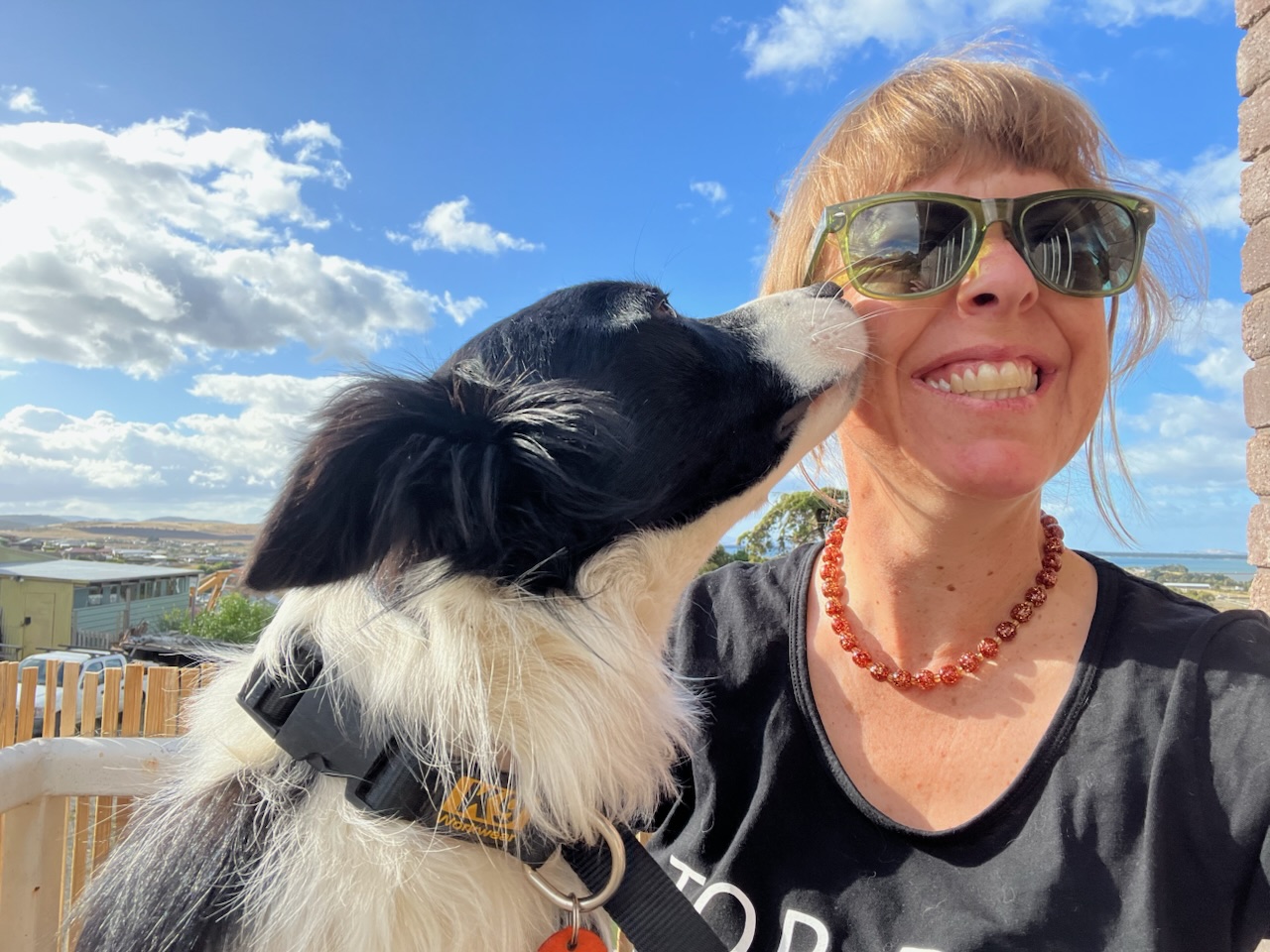
What was your path after leaving Friends’?
After travelling, I did a science degree at the University of Tasmania. Towards its end, I spent a year on the island of Pohnpei in the Federated States of Micronesia, where my partner was deployed with Australian Volunteers International. I got a bit carried away with one unit in my degree, a Plant Science Research Project, which turned into a flora [book detailing the plants of a particular habitat] of the island’s cloud forests, which I put together with local environmental organisations and academics.
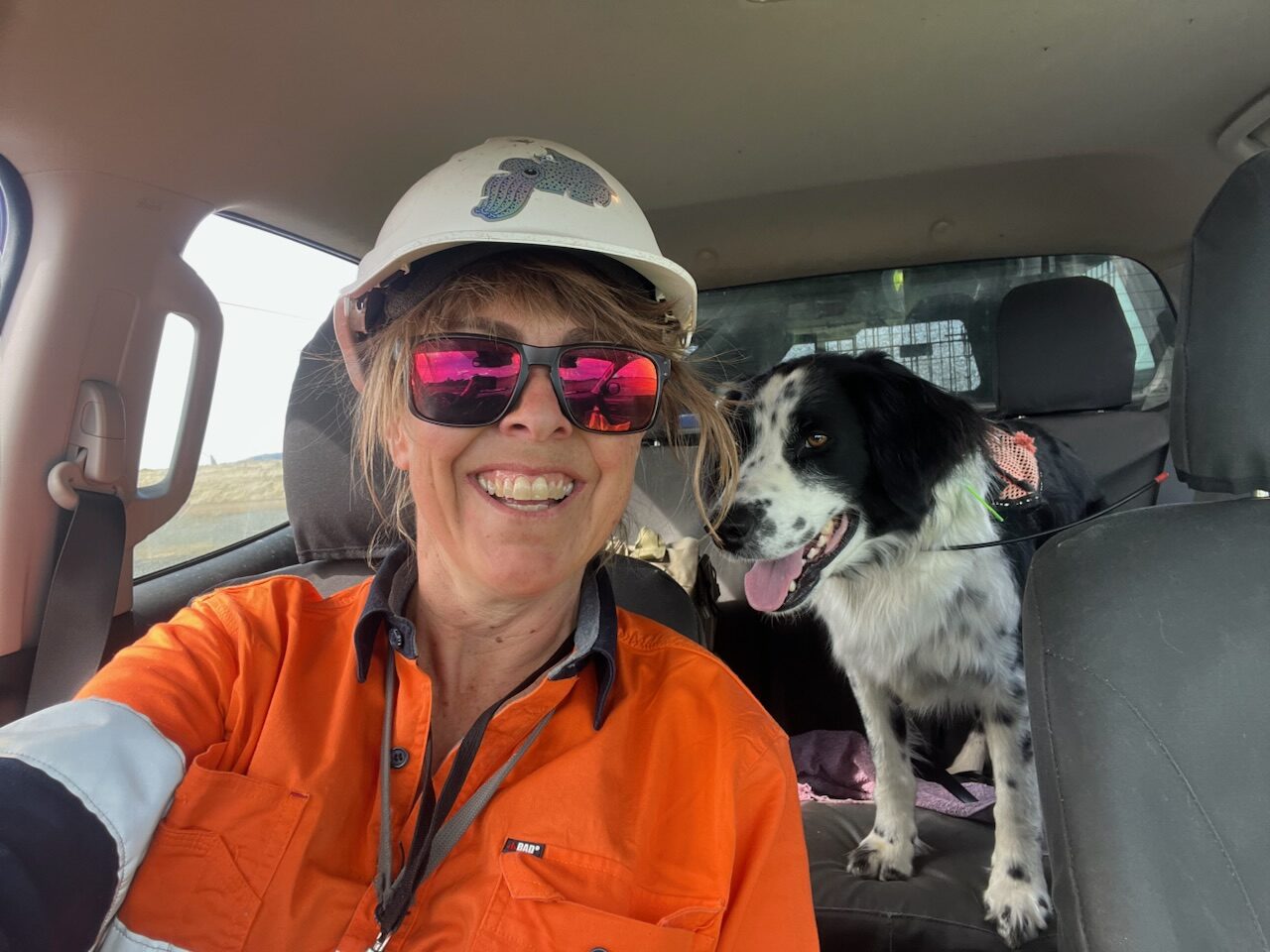
When I’d first started at uni, I’d thought I’d major in Zoology, but there were too many live animal experiments for me to stomach. When I finally returned to Tasmania to finish my degree, I ended up with a double major in Plant Science and Geography and Environmental Studies and did my Honours looking at weeds on southern Tasmanian beaches – basically a grand excuse to go swimming – and then got a job as a native seed collector, then as a botanist.
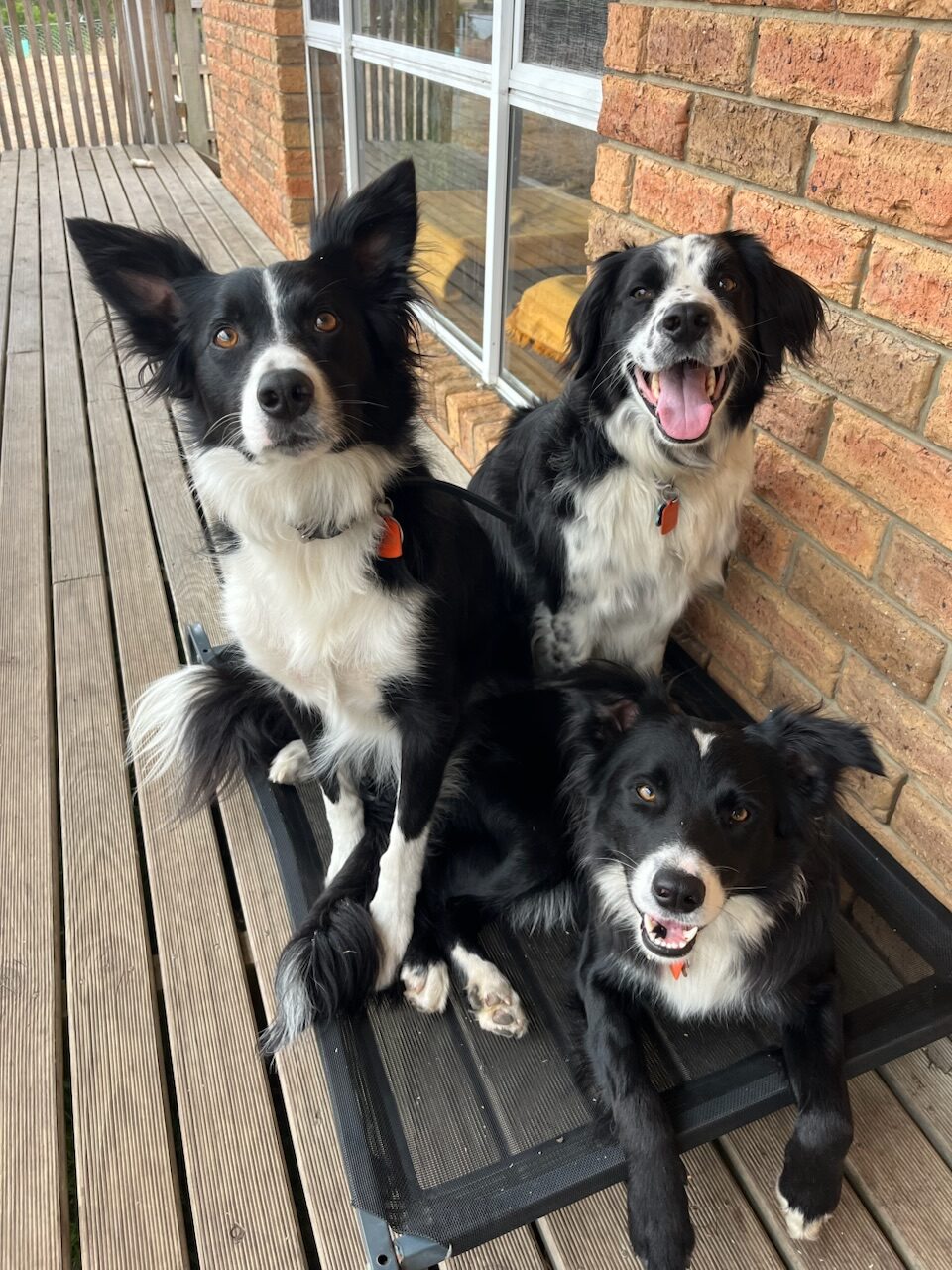
How did you come to be a conservation dog handler?
My speciality was invasive species, so I did a lot of work on weeds for environmental NGOs and government bodies, eventually landing at Biosecurity Tasmania. My partner and I had spent some time in 2013 doing citizen science surveys for the Kimberley Community Whale Research Project, near the Walmadan/James Price Point protest camp near Broome, and that’s where I’d heard about guardian dogs being used to protect little penguins from foxes off the coast in Victoria. Biosecurity Tasmania were using dogs to sniff out invasive animals like cats and rats so I started to wonder: could dogs sniff out weeds?
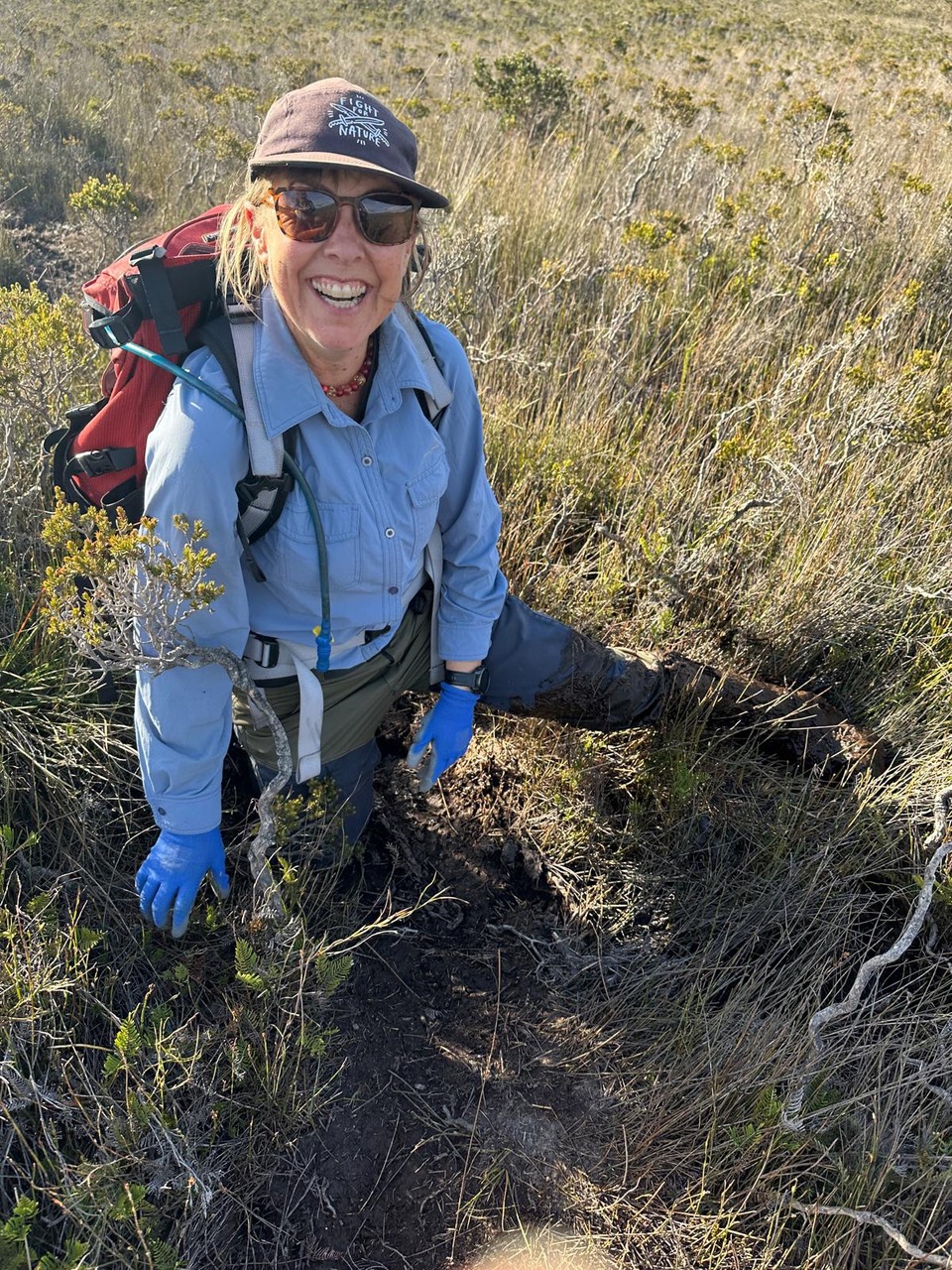
This started my research into animals working with people to solve environmental problems and became the subject of my first book (Animal Eco-Warriors). Eventually I got a dog of my own: a sprollie, Zorro. He was supposed to be an orange hawkweed-detection dog, but as I was taking him home, I ran into a friend, the parrot scientist Dr Dejan Stojanovic, in the Salad Bowl’s car park in South Hobart. D convinced me that I should train my puppy to sniff out Tasmanian masked owl castings and pellets instead, and I did a master’s degree with him and the Difficult Bird Research Group at ANU, looking at the potential for using detection dogs to find Tasmanian masked owl habitat.
I’d finally found my way back to the zoological research I’d always wanted to do. During this period, I also helped create the Australasian Conservation Dog Network, and through this, found work at a wind farm with my dogs, helping monitor the impacts of wind farms on birds and bats. This is my main job today.
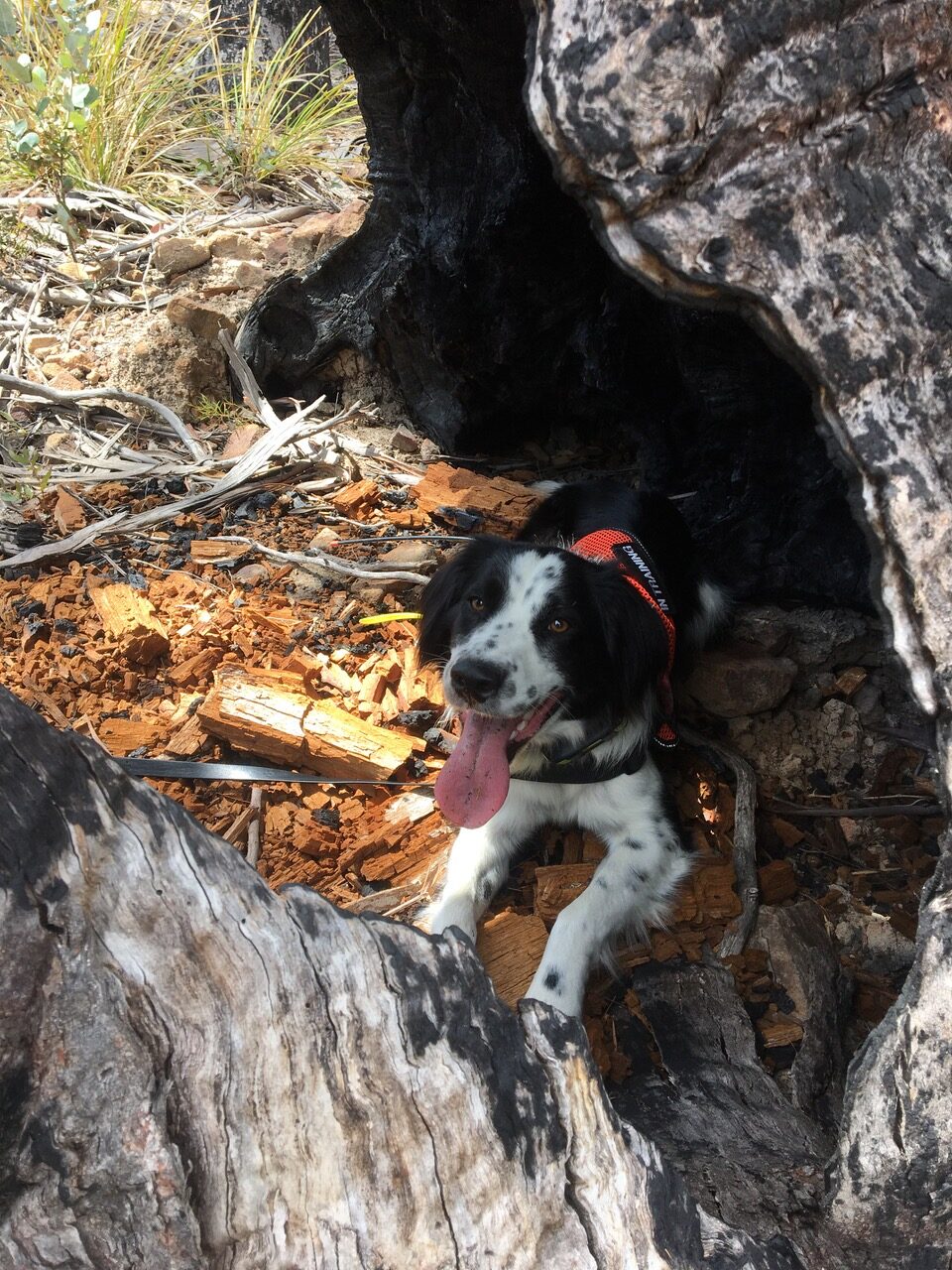
What are your strongest memories of going to Friends’?
Miss Sampson taking our Japanese class out for what was then a very exotic meal of sushi at Orizuru, where I mistook a glob of wasabi for avocado. This is a mistake you make only once. But also: going up the mountain with our biology teacher Mary Beadle and everyone laughing at her and the field tech as they crouched trackside marvelling at near microscopic plants. Little did I know that in only a few years’ time, I’d be doing exactly the same thing as a professional botanist… Di Bye’s German classes were always a highlight – I particularly enjoyed doing translations of relatively current pop songs, some of which were titillatingly sweary. Possibly most memorably, in one English class, Betty Reeve tried to stop me talking through a fire alarm during a debating session, but I was so determined to get my point across, that I just kept talking as the sirens blared. No one who knows me would find this at all surprising.
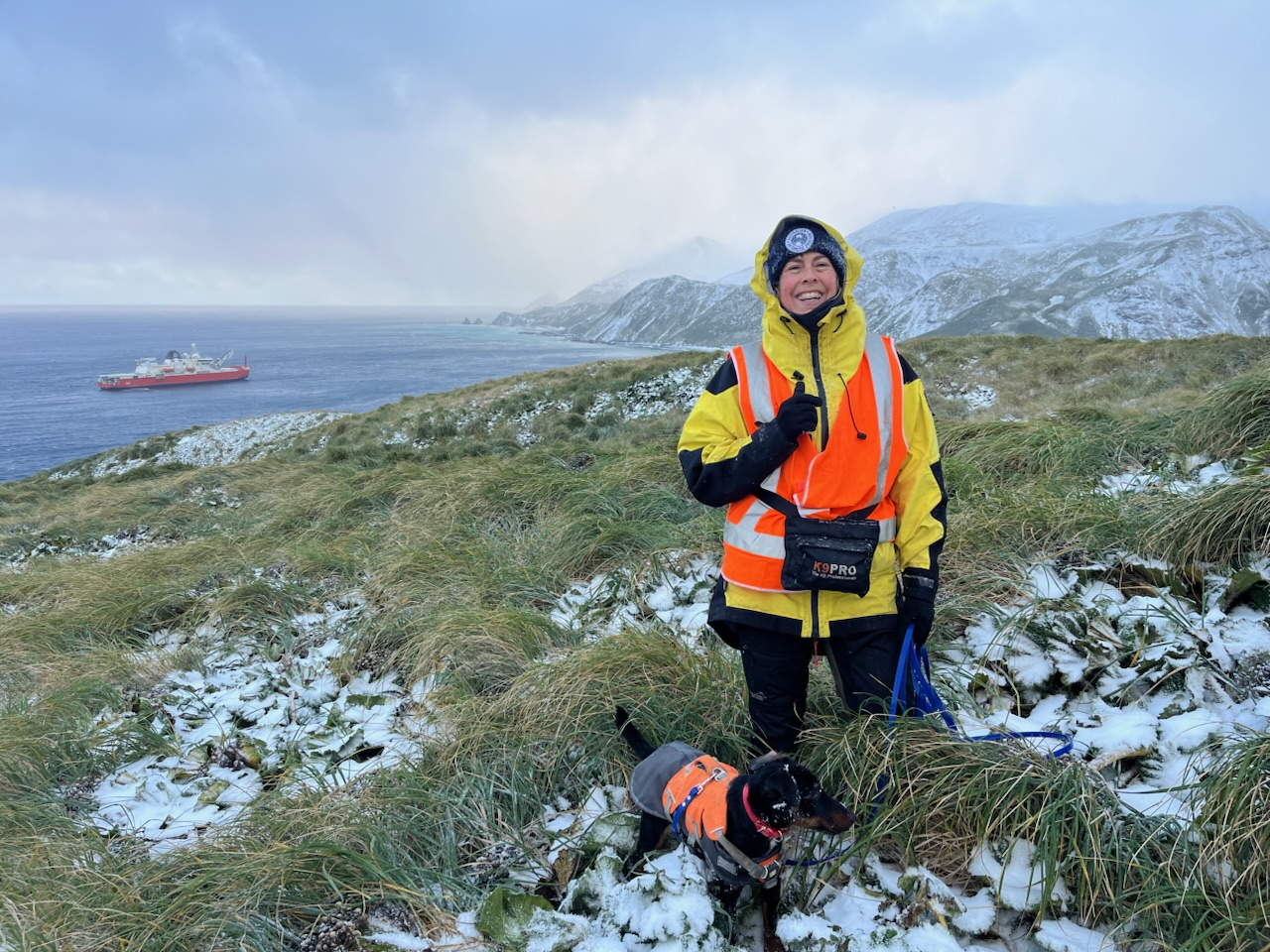
Do you have any advice for current students?
I’m not sure I’m qualified to provide advice to anyone, but I don’t think it hurts to try following your curiosity and finding your people – this goes double if you’re neurospicy, as I am. Perhaps my personal rules for field work may also be broadly applicable: Never assume you’re going back, and always pack your lunch!
